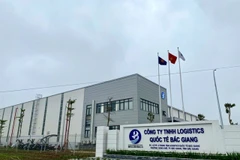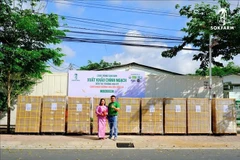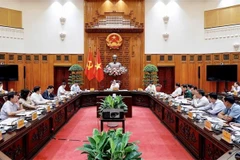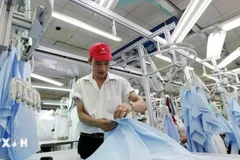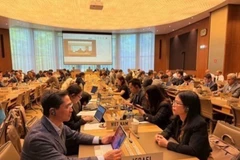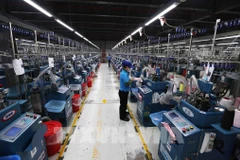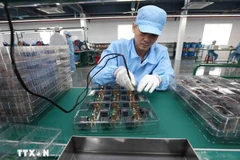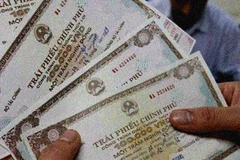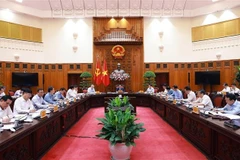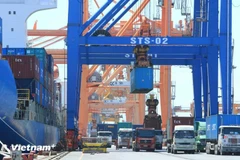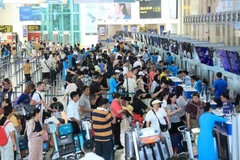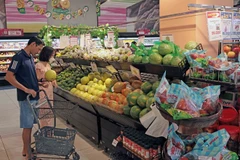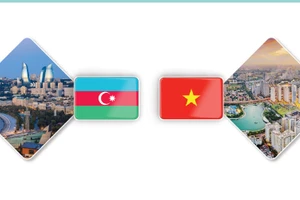According to a recently approved masterdevelopment plan for the Northern Midlands and Mountainous Area by2020, the region targets a GDP per capita of 2,000 USD in the next sevenyears.
Under the plan, b y 2015, the region’seconomic structure will be shifted to the direction in whichagro-forestry and fishery makes up 27 percent, industry-construction,34.1 percent; and service, 38.9 percent. The figures will be 21.9percent, 38.7 percent and 39.4 percent respectively by 2020.
The poverty rate will drop yearly by 3-4 percent and 250,000-300,000 jobs will be generated in every five years.
The agro-forestry and fishery sector will grow at an average rate of4-4.5 percent per year in 2011-2015 and 3.5-4 percent in 2016-2020.
The agricultural sector will focus on formulating areas specialisingin growing of tea, rubber, coffee, fruits, herbal medicine and breedingfarms.
Particularly, the region will develop thecompetent food processing industry, mining industry and commodityindustry. Industrial production output will increase over 11.5 percentin the first five years and 12.6 percent in the following term.
In addition, education and training will be renovated to respond tomarket signals, of which ethnic minority staffs will be given priority.
Meanwhile, healthcare services will be improved andthe national target programmes on healthcare will be fulfilled ondiseases such as malaria, malnutrition, mother and child care, andepidemic prevention.-VNA
